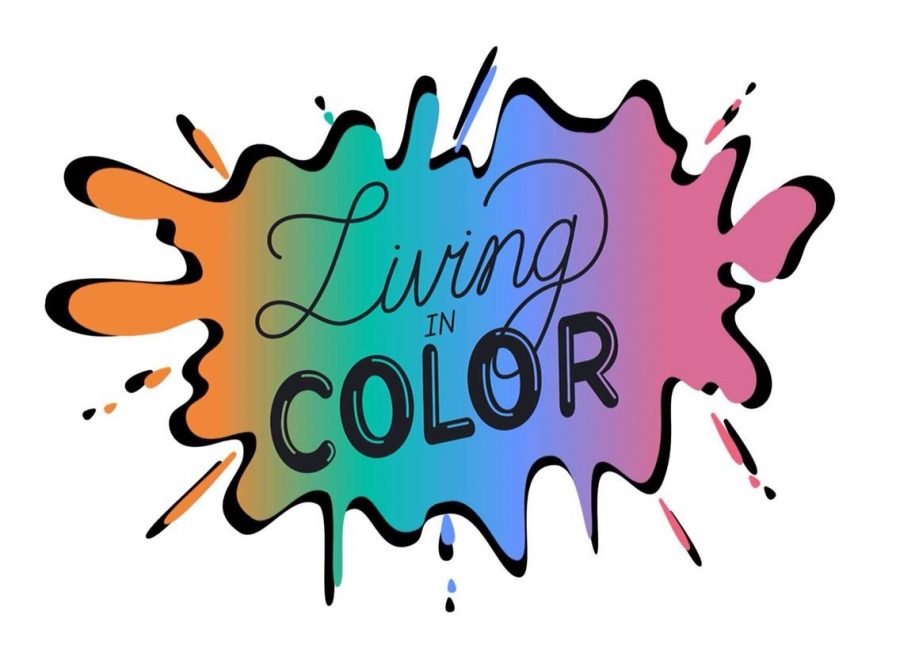Living in Color creates space for queer artists of color through “collective imagining”
Students from the class of 2018 and Ogwumike formed the collective in 2015. They hoped to connect artists of color on Northwestern’s campus to Chicago influences, exercising autonomy and liberation in creating an art alliance.
May 27, 2020
Living in Color is not just a student club or campus organization, but a “collective” — a political statement by Northwestern’s queer artists of color to defy by creation.
The decision to adopt such a distinction was intentional, LIC co-founder Jessica Ogwumike (Weinberg ‘19) said.
The alumna, who creates ceramic sculpture and poetry, said she views the group as an analogy to a community mutual aid. Artists of marginalized identities — especially black and brown artists — can use the collective to invest in each other and create a “base of power,” they said. This goes beyond traditionally white, heteronormative and ableist artistic norms.
“When we say the word ‘collective,’ there is an inherent political message that we’re sending there,” Ogwumike said.
Ogwumike emphasized that this message is tied to historical precedent, namely the Black Arts Movement of the 1960s and 70s.
Students from the class of 2018 and Ogwumike formed the collective in 2015. They hoped to connect artists of color on Northwestern’s campus to Chicago influences, exercising autonomy and liberation in creating an art alliance.
Five years after its creation, LIC’s influence has permeated throughout the campus community, forging alliances between students and art mediums. One of the collective’s co-founders formed B. Burlesque, a dance interest group that promotes body and sex-positivity for students of color, as an off-shoot project that eventually became its own group. LIC also hosts a showcase at the end of every year to highlight art from members and artists of marginalized identities.
Last year, the collective hosted BLK GRL SANCTUARY, which celebrated black women and black femmes through performances, community building and food. The theme was inspired by events on campus at the time, such as the University’s refusal to remove visiting professor Satoshi Kanazawa for espousing racist views.
SESP junior and LIC member Eliza Gonring said the collective continues to be a space to heal.
“It’s especially important to do this work through art,” Gonring said. “It’s a lot more sustainable on the body and your mental health because rather than trying to take systems down, you’re creating.”
On top of this, she added the group represents a redistribution of funds and resources in a capitalistic system such as a university. LIC’s Student-Prisoner Correspondence Night — in which students send letters and zines to incarcerated individuals — is one way to exchange the “wealth of knowledge” that exists both at Northwestern and in jails, she said. It also promotes the group’s fundamentally abolitionist stance against the prison system.
Ogwumike said Gonring and other successors of the collective have pioneered innovative ideas to serve Northwestern’s artistic community and perform outreach initiatives, keeping with the spirit of “collective imagining.”
Living in Color is truly for those who live in color, going beyond race, Ogwumike added. Through the collective, members think about disability, queerness and other social factors that influence the proliferation and regulation of art.
“It’s important to emphasize that when we say ‘color’ we aren’t only talking about race and ethnicity, we are talking also about queerness, talking about the ways differing abilities throughout our lives color our ability to exist,” Ogwumike said. “We challenged ourselves also to think about the ways in which our bodies in the art space are policed.”
Correction: A previous version of the story misstated Eliza Gonring as the president of Living in Color. The collective functions on a non-hierarchical structure which emphasizes all members be put at equal footing. The Daily regrets the errors.
Email: [email protected]
Twitter: @yunkyomoonk
Related Stories:
— Prison abolition groups send letters, messages to incarcerated individuals
— Living in Color’s showcase, BLK GRL SANCTUARY, gives a platform to student artists of color


